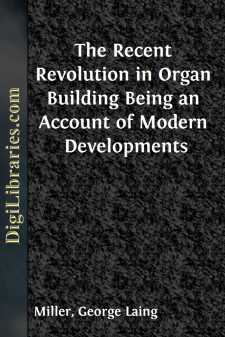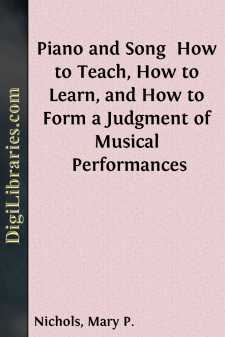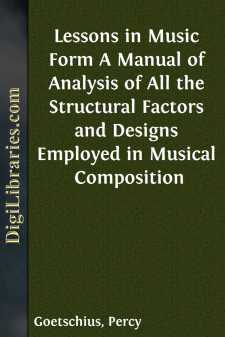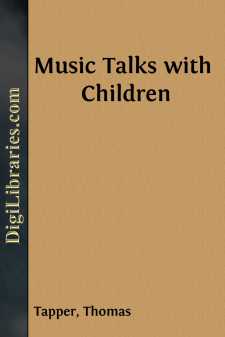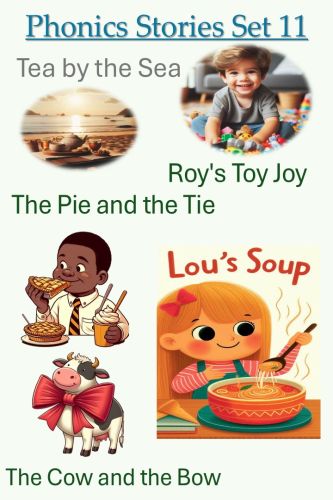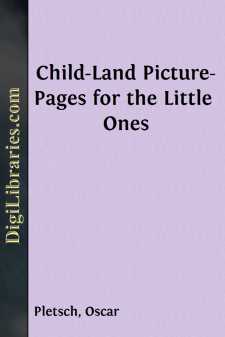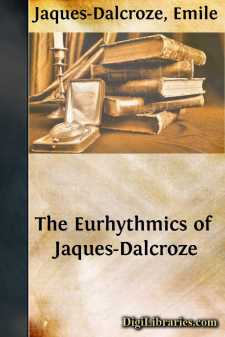Categories
- Antiques & Collectibles 13
- Architecture 36
- Art 48
- Bibles 22
- Biography & Autobiography 813
- Body, Mind & Spirit 142
- Business & Economics 28
- Children's Books 15
- Children's Fiction 12
- Computers 4
- Cooking 94
- Crafts & Hobbies 4
- Drama 346
- Education 46
- Family & Relationships 57
- Fiction 11828
- Games 19
- Gardening 17
- Health & Fitness 34
- History 1377
- House & Home 1
- Humor 147
- Juvenile Fiction 1873
- Juvenile Nonfiction 202
- Language Arts & Disciplines 88
- Law 16
- Literary Collections 686
- Literary Criticism 179
- Mathematics 13
- Medical 41
- Music 40
- Nature 179
- Non-Classifiable 1768
- Performing Arts 7
- Periodicals 1453
- Philosophy 64
- Photography 2
- Poetry 896
- Political Science 203
- Psychology 42
- Reference 154
- Religion 513
- Science 126
- Self-Help 84
- Social Science 81
- Sports & Recreation 34
- Study Aids 3
- Technology & Engineering 59
- Transportation 23
- Travel 463
- True Crime 29
The Recent Revolution in Organ Building Being an Account of Modern Developments
Categories:
Description:
Excerpt
CHAPTER I.
"The Organ breathes its deep-voiced solemn notes,
The people join and sing, in pious hymns
And psalms devout; harmoniously attun'd,
The Choral voices blend; the long-drawn aisles
At every close the ling'ring strains prolong:
And now, of varied tubes and reedy pipes,
The skilful hand a soften'd stop controuls:
In sweetest harmony the dulcet strains steal forth,
Now swelling high, and now subdued; afar they float
In lengthened whispers melting into cadenced murmurs,
Forming soft melodious strains, and placid airs,
Spreading gently all around, then soaring up to Heav'n!"
—Dryden.
The origin of the pipe organ is lost in the mists of antiquity. Tradition hath it that there was one in Solomon's Temple at Jerusalem, the sound of which could be heard at the Mount of Olives. It has the honor of being the first wind instrument mentioned in the Bible (Genesis iv, 21), where we are told that "Jubal is the father of all such as handle the harp and the organ." The Hebrew word here is ugab, which is sometimes translated in the Septuagint by cithara (the ancient lute), sometimes by psalm, sometimes by organ. Sir John Stainer ("Dictionary of Musical Terms," p. 444) says: "It is probable that in its earliest form the ugab was nothing more than a Pan's-pipes or syrinx, but that it gradually developed into a more important instrument." The passage, however, shows that the ugab was known in the time of Moses, who was "learned in all the learning of the Egyptians."
The flute, a component part of the organ, is one of the most ancient of musical instruments. We find it pictured on the walls of early Egyptian tombs, and specimens of it, still in playable condition, have been unearthed and can be seen in our museums. Some of them were double, as shown in the illustration. Side by side with these flutes we find the shepherd's pipe with a reed or strip of cane in the mouthpiece, which may be found in the Tyrol at the present day. The next step was probably the bagpipes. Here we find four of these pipes attached to a bag. The melody or tune is played on one of the pipes furnished with holes for the purpose, while the other three give a drone, bass. The bag, being blown up, forms a wind reservoir and the amount of tone can be regulated by the pressure of the arm. Here we have the precursor of the organ bellows. Next comes the Irish bagpipes, with a bellows worked by the arm furnishing the wind to the bag, the reservoir, and producing a much sweeter tone. This is one line of advance.
Pre-historic Double Flutes. From Assyrian and Egyptian Tombs
On the other hand we have the syrinx or Pan's-pipes. Stainer says this was undoubtedly the precursor of the organ. "It was formed of seven, eight or nine short hollow reeds, fixed together by wax, and cut in graduated lengths so as to produce a musical scale. The lower ends of the reeds were closed and the upper open and on a level, so that the mouth could easily pass from one pipe to another." This is the instrument used at the present day by the Punch and Judy man....


